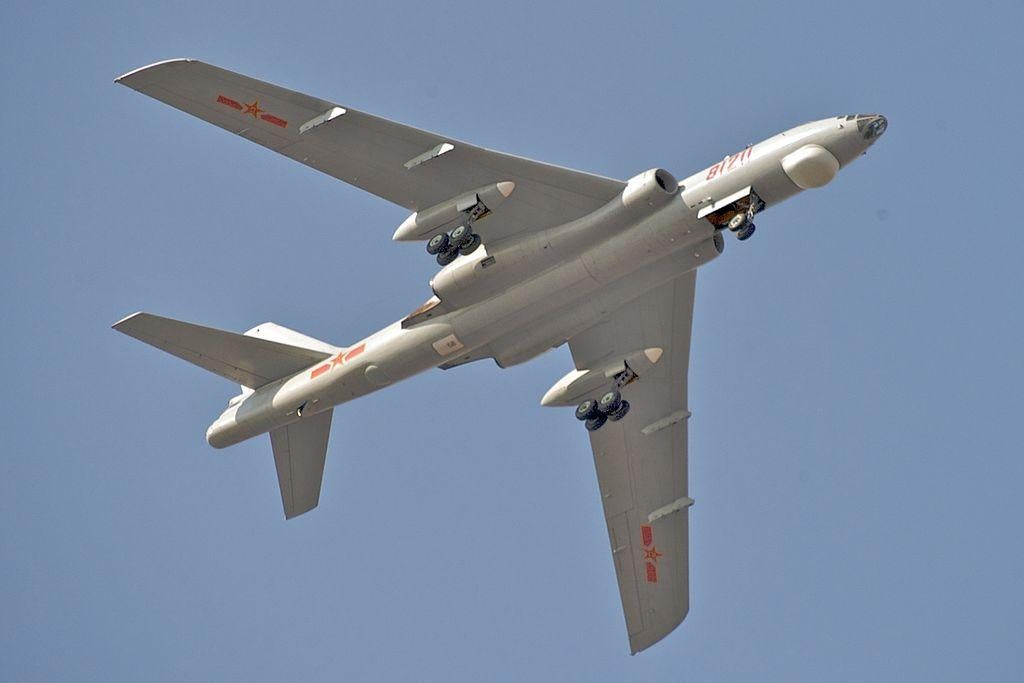China flies nuclear bomber over South China Sea as a 'message' to Donald Trump
Officials say it was the first long-range flight along demarcation line in more than 18 months

Your support helps us to tell the story
From reproductive rights to climate change to Big Tech, The Independent is on the ground when the story is developing. Whether it's investigating the financials of Elon Musk's pro-Trump PAC or producing our latest documentary, 'The A Word', which shines a light on the American women fighting for reproductive rights, we know how important it is to parse out the facts from the messaging.
At such a critical moment in US history, we need reporters on the ground. Your donation allows us to keep sending journalists to speak to both sides of the story.
The Independent is trusted by Americans across the entire political spectrum. And unlike many other quality news outlets, we choose not to lock Americans out of our reporting and analysis with paywalls. We believe quality journalism should be available to everyone, paid for by those who can afford it.
Your support makes all the difference.China flew a nuclear-capable bomber outside its borders in a show of force less than a week before US President-elect Donald Trump’s phone call with the president of Taiwan, it has been reported.
The 10-minute telephone call with President Tsai Ing-wen was the first by a US president-elect or president since President Jimmy Carter switched diplomatic recognition from Taiwan to China in 1979, acknowledging Taiwan as part of ‘One China’. It led to protests from Beijing.
The Xian H-6 bomber flew along the disputed 'nine-dash line' around the South China Sea, US officials told Fox News, passing over a number of disputed islands. The officials said it was designed to send a message to the incoming administration.
The Pentagon reportedly found out about the flight on Friday and officials said it was the first long-range flight along the demarcation line in more than 18 months – though this sortie extended further than previous ones.
The H-6 is the Chinese version of the Russian Tupolev Tu-16 jet bomber and has been used by China to drop nuclear devices in tests.
Mr Trump has used Twitter to criticise Beijing's policies, including the build-up of “a massive military complex in the middle of the South China Sea”.
Fox reported that Admiral Harry Harris, the head of US Pacific Command, had warned repeatedly about Chinese military build-up in the area over the last year. Satellites have shown China preparing to ship advanced surface-to-air missiles to contested islands, it said.
The US first adopted the “One China” policy in 1972 after meetings between Richard Nixon and Chairman Mao Tse-tung, and it was later solidified by President Jimmy Carter.
Under the policy, the US retains unofficial ties to Taiwan while recognising Beijing as representing China. China considers Taiwan a renegade country.
White House officials said they spoke with the Chinese leadership following Mr Trump’s call with President Tsai.
Federal officials called to reassure the country that the US still adheres to “One China”, which does not recognise Taiwan as its own sovereign nation.
Join our commenting forum
Join thought-provoking conversations, follow other Independent readers and see their replies
Comments